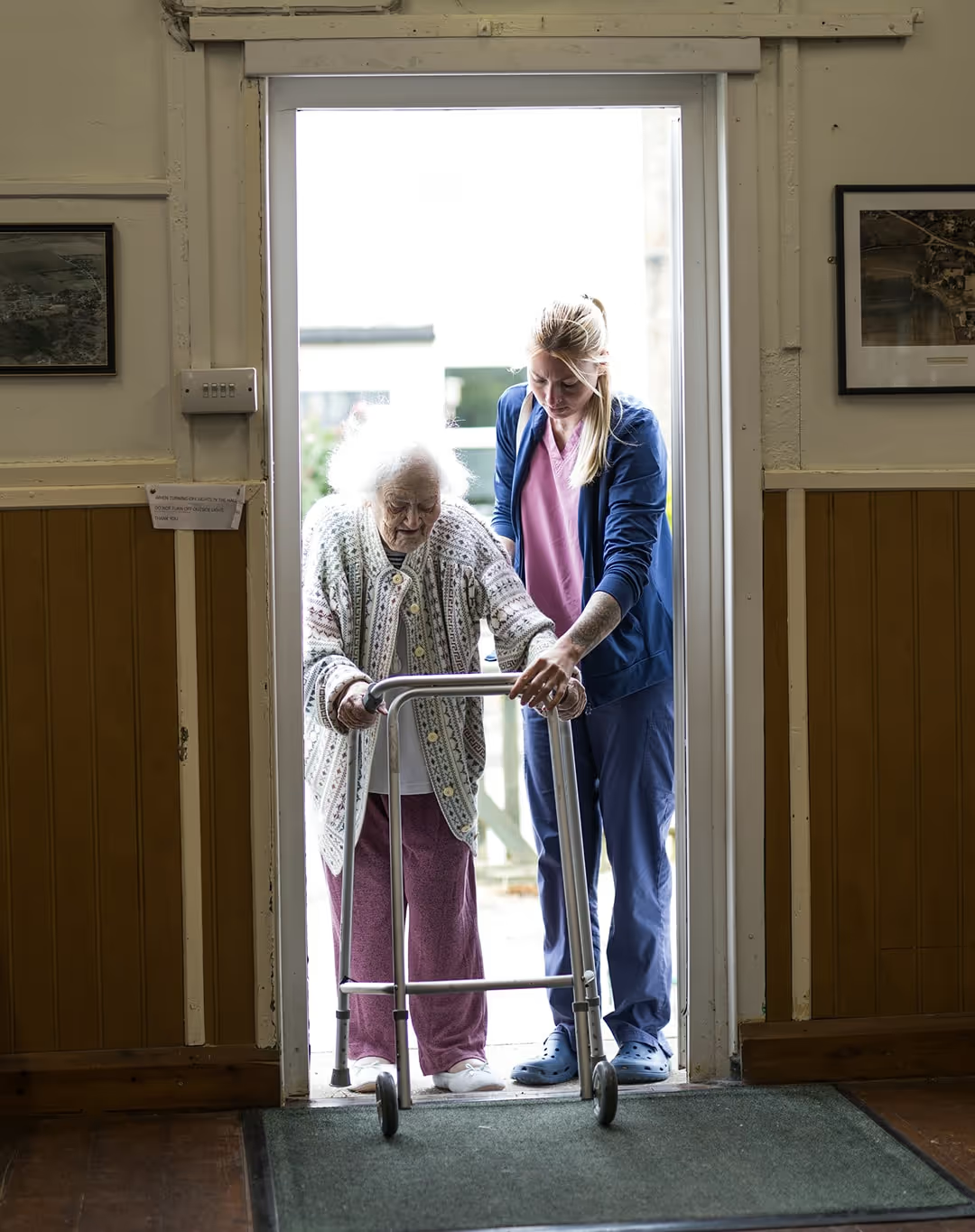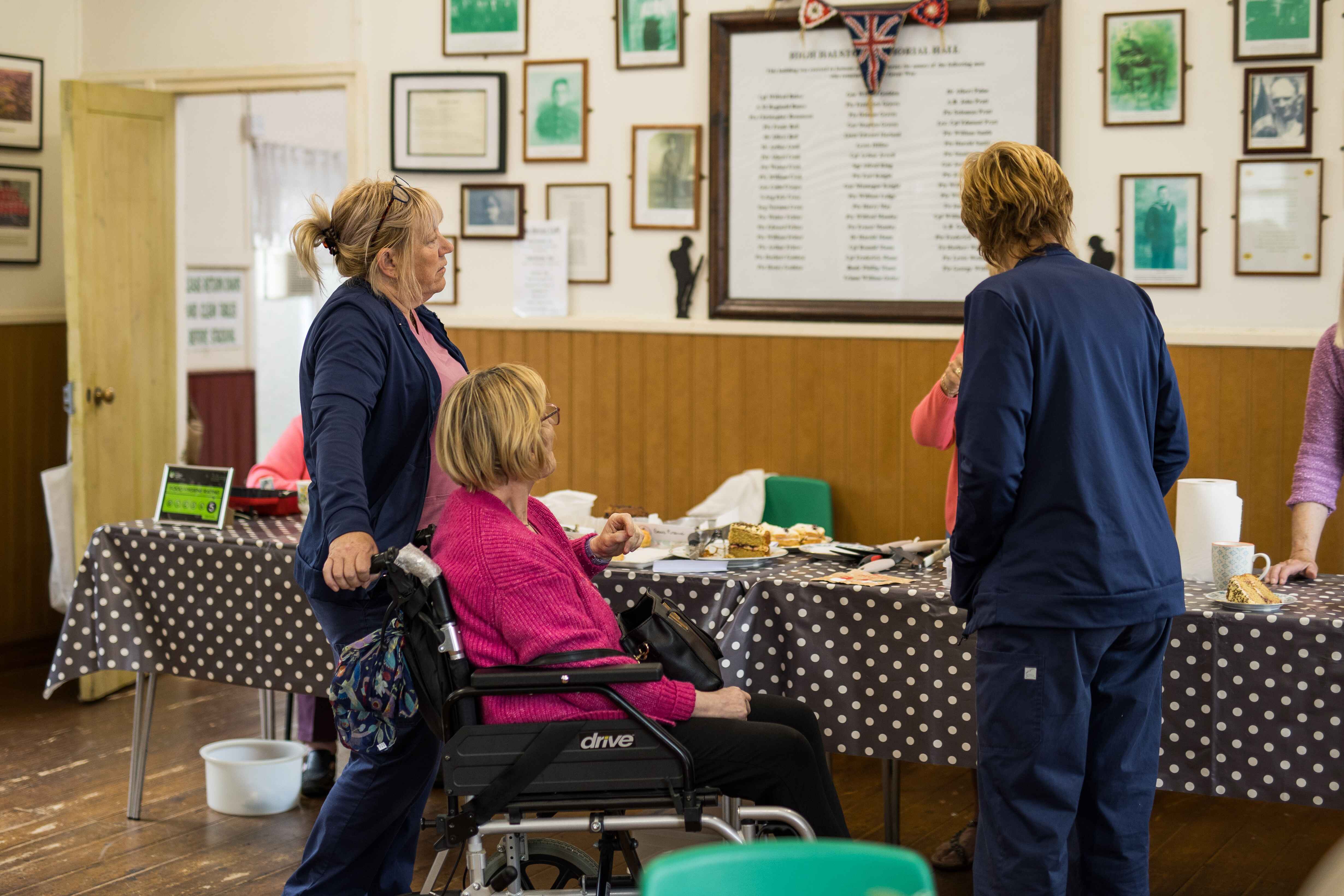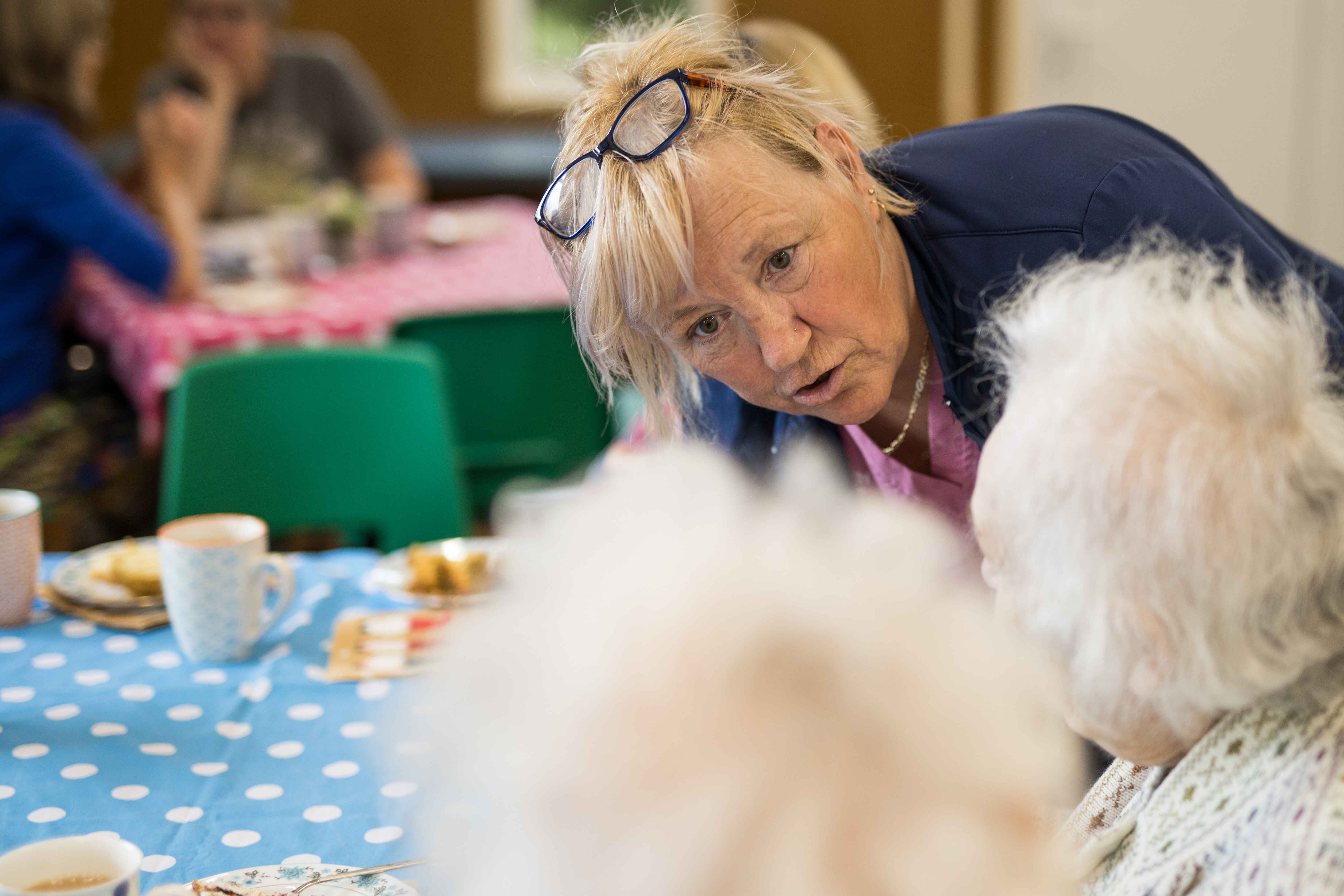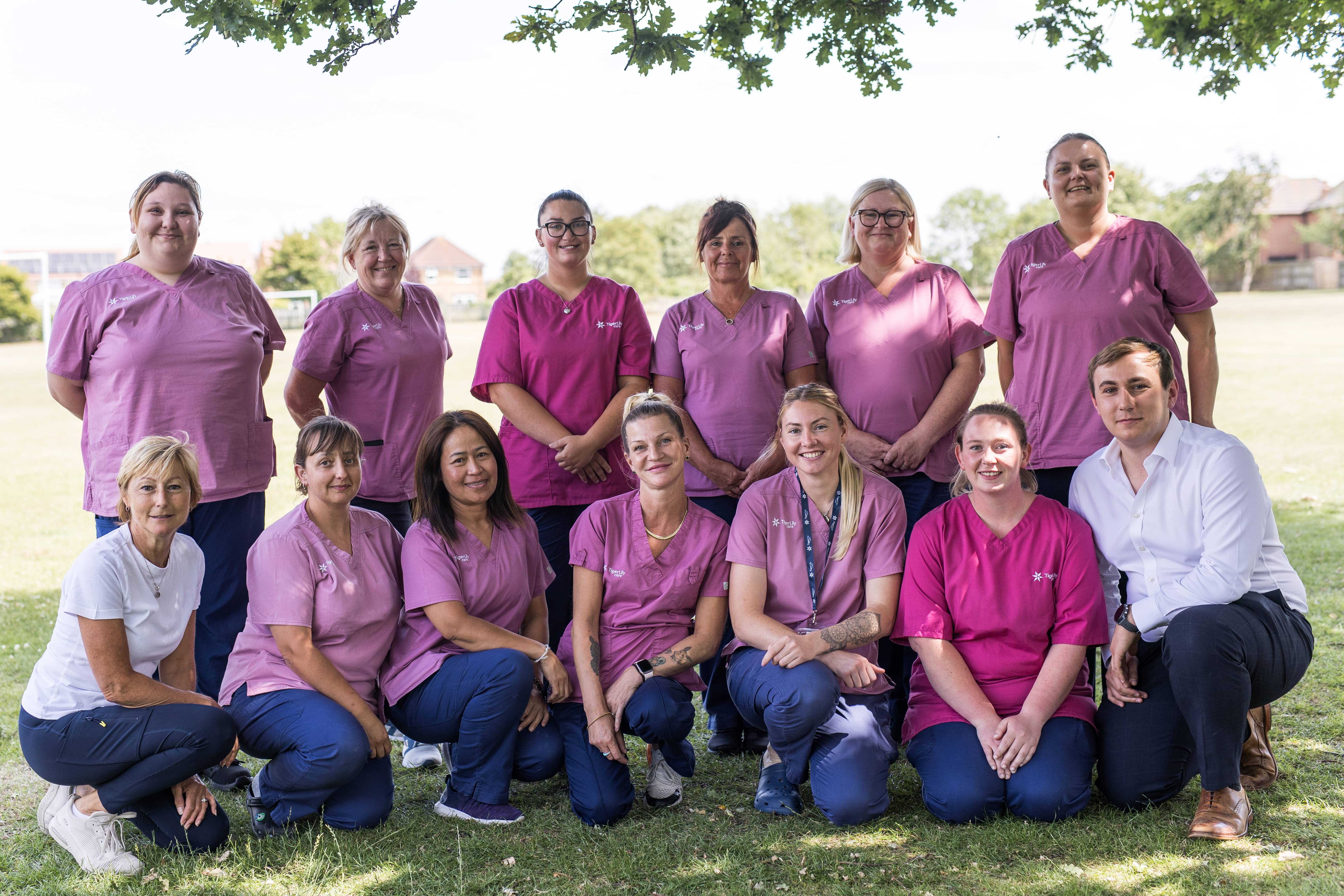Falls in the home are a leading cause of injury, especially among older adults. In the UK, around a third of people aged 65 and over, and half of those aged 80 and over, experience a fall at least once a year. Considering the risk of serious physical and emotional harm that falls can cause, there is a considerable urgency to explore how to prevent unnecessary slips, trips, and falls effectively.
This blog will consider the risks of falling, alongside covering some practical and easy-to-implement safety tips for preventing falls in the home.
Why Fall Prevention at Home Matters
Before we can explore how falls in the home can be prevented, we should first spend some time understanding the risks associated with falling.
Who is at risk of falling?
Ultimately, anyone can have a nasty trip and fall. However, some people are at greater risk than others:
- Older persons
- People with physical mobility difficulties (especially people who require mobility aids)
- People with chronic illnesses (including those prone to exhaustion and dizziness)
- Post-surgery patients
- Those who take medications that make them prone to dizziness or drowsiness
Consequences of falls
The consequences of falling can have a profound impact on a person's life. Some of the risks of falling include:
- Cuts, scrapes, and bruises
- Serious injuries, including fractures and head injuries
- Hospitalisation
- Loss of independence
- Future fear of falling and other emotional impacts
Common Causes of Falls in the Home
The first step in preventing falls is identifying common trip hazards and understanding the individual reasons behind why we fall.
Environmental hazards
Environmental hazards refer to any external factors that increase the risk of falling. Take a moment to consider the trip hazards present in your home. Common home fall dangers include:
- Cluttered hallways
- Items left on the floor
- Trailing cables
- Loose rugs
- Uneven flooring
- Slippery floors (especially in wet bathrooms and kitchens)
- Poor lighting
Health-related causes
Alongside understanding our environment, it’s important to be aware of individual health factors that contribute to our risk of falling. Common health concerns to be aware of include:
- Balance issues
- Low blood pressure
- Dizziness and vertigo
- Muscle weakness
- Altered gait (walking stance)
- Poor vision
- Medication side effects
Home Safety Checklist: Room-by-Room Fall Prevention Tips
When considering ways to fall-proof your home, it’s important to take a methodical approach. We recommend doing a room-by-room walk-through (ideally with a pen and paper), paying attention to any and all potential hazards. The following checklist provides examples of key risks in each room of the house, along with suggestions for mitigating these risks.
Living room and hallways
- Clutter and piles of items on the floor - Invest inconvenient and accessible storage to help tidy away items.
- Trailing power cables - Tape down loose cables and, when possible, move appliances closer to electrical outlets.
- Falls on the stairs - Install handrails or a stairlift. Remove loose rugs present on or near the staircase.
- Dark hallways - Ensure lighting covers all hallways and dark corners.
Bathroom safety tips
- Slips in the shower - Install grab bars, use a shower chair, and make use of non-slip shower mats.
- Slips in the bath - Install grab bars and consider purchasing an accessible walk-in bath.
- Slips around the toilet - Again, install grab bars! Also, consider using a raised toilet seat.
- General falls risks in the bathroom - Avoid slipping on wet floors by using a non-slip mat. Consider making use of a falls alert system (either a pull cord or a wearable alert).
Kitchen safety
- Falls from straining to reach an item - Rearrange the kitchen cupboards to ensure items (especially frequently used ones) are within easy reach. Use a step stool with handles when necessary.
- Slipping on kitchen spills - Ensure all spills are cleaned up straight away and left to dry fully before returning to the kitchen.
- Falling due to tiredness or dizziness - Adapt the kitchen space to minimise time spent on your feet. A standing chair may be helpful when needing to attend to items cooking on the hob.
Bedroom tips
- Falls in the dark - Use a nightlight and ensure abright bedside light is accessible and easy to turn on.
- Falls getting in and out of bed - Install a bed rail and have a walker ready by the bedside.
- Furniture wobbling - Ensure all furniture is stable and properly weighted down.
- Trips on loose fabrics - Tidy away clothing, tuck long trailing bedding into the mattress and remove any unfitted rugs.
This is not an exhaustive list of risks and suggested home modifications for seniors. Each home is unique and requires a detailed and personal assessment.
Assistive Devices and Home Modifications
Alongside simple hazard mitigation and tidying away loose items, adaptive devices are a cornerstone of falls prevention.
Simple tools that can help
- Walking aids - such as canes and frames
- Stair lifts
- Reacher tools
- Handrails and grab bars - at major risk points such as stairs or in the bathroom
- Standing stools
- Anti-slip socks
- Shower chairs and raised toilet seats
Smart technology for fall prevention
- Motion sensor lights
- Medical alert systems - including wearable alerts and pull cords in key areas
- Fall detection devices
- Smart home devices - these devices allow emergency calls to be made by voice
When to Consider Professional Assessment
Deciding on the most suitable home modifications for the elderly can be challenging. If you are unsure about what steps to take or if current measures are insufficient to prevent repeat falls, it’s time to consider seeking expert assistance. Your GP can refer you for an occupational therapy assessment, where a professional will visit your home and arrange for appropriate measures to be put in place.
If you require further support with falls prevention, our at-home carers have the expertise to provide safe care at home, helping you live well in your own home for longer.
Health Habits to Support Fall Prevention
Personal health and fitness are an essential part of falls prevention. Before making any significant changes to your health routine, consult your doctor for advice.
Exercise for strength and balance
- Tai chi
- Yoga
- Strength training
- Physiotherapy exercises
Before undertaking any exercises, seek advice from your doctor or physiotherapist to find out what is suitable and safe for you.
Health checks
- Medication review - Your GP or pharmacist can review your medications for anything that may be contributing to instability, imbalance, or dizziness.
- Physiotherapy sessions - A physiotherapist can work with you to improve your muscle strength and balance.
- Regular eye exams - Ensuring your vision is properly looked after is one of the best things you can do to prevent falls in the home.
- GP health checks - Your GP can assess you for any health conditions that may be increasing your risk of falls.
Footwear and foot care
- Always wear supportive, fitted, non-slip shoes.
- Treat foot pain and related conditions early.
- Engage in regular foot care, including getting the support of a podiatrist when needed.
Involving Family and Caregivers in Fall Prevention
Managing falls can be a difficult conversation to have for anyone. Older persons can often see attempts to introduce fall prevention measures as a risk to their personal independence. As such, any discussion needs to be approached with understanding and consideration. Try framing the conversation around how introducing fall prevention measures can be a chance to maximise independence, rather than taking it away.
As we age, we may inevitably require more support from family and caregivers to maintain our safety at home. Involving professionals early can make a great difference when it comes to successfully introducing measures to keep individuals well at home. One great option is to consider whether at-home carers can provide the expertise needed to support safe living at home, thereby helping to maintain personal independence for as long as possible.
Whatever you and your loved ones decide, home safety is an ongoing and dynamic process. Continue to conduct regular safety reviews and adapt to changes as they occur.
Conclusion and Action Steps
Falls pose a significant risk to older persons in the home. Prevention requires a proactive and holistic approach that involves family members, carers, healthcare professionals and the valuable input of the individual themselves.
Now that you’ve read all about it, take some time to do a home-safety walkthrough. Make a note of any potential hazards and start implementing the small changes that can make a significant difference to a healthier future today.








